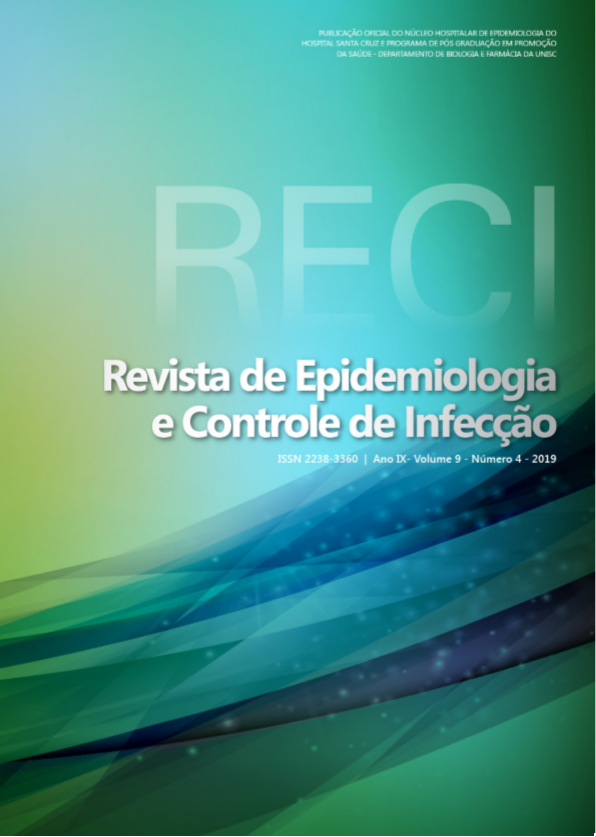Occupational accidents with sharps on emergency room professionals in a referral hospital in Pernambuco, Brazil
DOI:
https://doi.org/10.17058/.v9i4.12826Keywords:
Occupational Risks. Environmental Exposure. Occupational Health. Health Personnel.Abstract
Background and Objectives: This study incorporates the field of Brazilian public health, in particular the health of the worker, by occupational accidents with a sharps injury avoidable. The objective was to describe the socio-epidemiological / economic profile of health professionals involved in activities of direct or indirect contact with sharps. Methods: An epidemiological study of descriptive nature and quantitative approach, carried out with professional 133 which make up the nursing staff of emergency and emergence of a reference hospital of Pernambuco, Brazil, in the period from march to May 2017. The data were analyzed using Epi Info Software 3.2.2. Results: The results indicate that 32.37% of the professionals interviewed, accidents with needlestick; 88.89% of casualties were nursing technicians; 33.33% were injured with needle for venipuncture; 20% with medication and subcutaneous needle 20% with individual needle; 42.22% performed laboratory tests both in professional and in patients; 27% of workers indicate the bad lighting of the sector as a feature of the workplace; 24% reported a lack of training on the team's frequent manipulation of sharps. Conclusion: According to the professionals interviewed, most accidents involving sharps occurred at the time of venipuncture. Most professional’s terrain corresponded to the category of nursing technicians. The bad conditions in the workplace and continuing education deficiency were cited as the causes of accidents with sharp objects in the service.Downloads
Downloads
Published
How to Cite
Issue
Section
License
The author must state that the paper is original (has not been published previously), not infringing any copyright or other ownership right involving third parties. Once the paper is submitted, the Journal reserves the right to make normative changes, such as spelling and grammar, in order to maintain the language standard, but respecting the author’s style. The published papers become ownership of RECI, considering that all the opinions expressed by the authors are their responsibility. Because we are an open access journal, we allow free use of articles in educational and scientific applications provided the source is cited under the Creative Commons CC-BY license.


